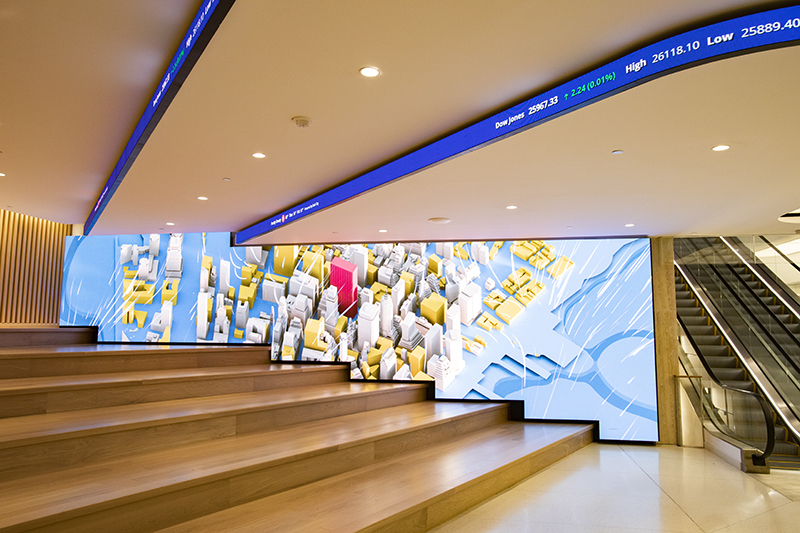Perfecting Hue Accuracy in Light Emitting Diode Wall Calibration for Breathtaking Visual Presentations
Perfecting Hue Accuracy in Light Emitting Diode Wall Calibration for Breathtaking Visual Presentations
Blog Article
Hue precision is essential for creating stunning visual displays, especially when using LED screens. These large screens are commonly found in places like concert venues, sports arenas, and advertising billboards. When the colors on an LED screen are not accurate, the visuals can look flat or warped, which can impact the total impression for audiences. Therefore, perfecting color accuracy in LED wall calibration is crucial for achieving lively and realistic images.
The first step in ensuring color accuracy is understanding how LED technology works. LEDs, or light-emitting diodes, generate light in multiple shades by mixing red, green, and blue (RGB) light. Each dot on an LED wall consists of these three colors. When calibrated properly, the combination of RGB can create a wide range of colors. However, if one color is too intense or too faint, it can distort the entire display. This is why calibration is necessary to balance the hues and reach the intended visual effect.
Calibration entails adjusting the settings of the LED screen to ensure that the colors shown match the initial material as closely as feasible. This process usually involves using specialized software and hardware instruments. Technicians frequently use click to read color assessment devices, such as spectrophotometers, to analyze the hues being shown. By comparing the measured colors to standard color standards, they can make exact adjustments. This ensures that the hues are not only lively but also consistent across the whole display.
Another important factor of color precision is understanding the environment in which the LED screen is employed. Factors such as ambient light can significantly affect how hues appear. For instance, a brightly lit room may fade hues, making them look not as vibrant. To mitigate this, technicians may adjust the brightness and differentiation settings of the LED screen. Additionally, they may choose particular color settings that are better appropriate for different lighting conditions. This flexibility helps preserve color accuracy irrespective of the viewing surroundings.
Finally, routine upkeep and re-tuning are crucial for keeping an LED wall looking its best. Over time, the performance of LEDs can change due to factors like aging and temperature fluctuations. Frequent checks and modifications can help guarantee that the colors stay correct and lively. By committing time in proper calibration and maintenance, venues can provide audiences with breathtaking visual presentations that enhance their overall experience. Mastering color accuracy in LED screen calibration is not just a technical task; it is an expertise that contributes to the magic of graphic storytelling.